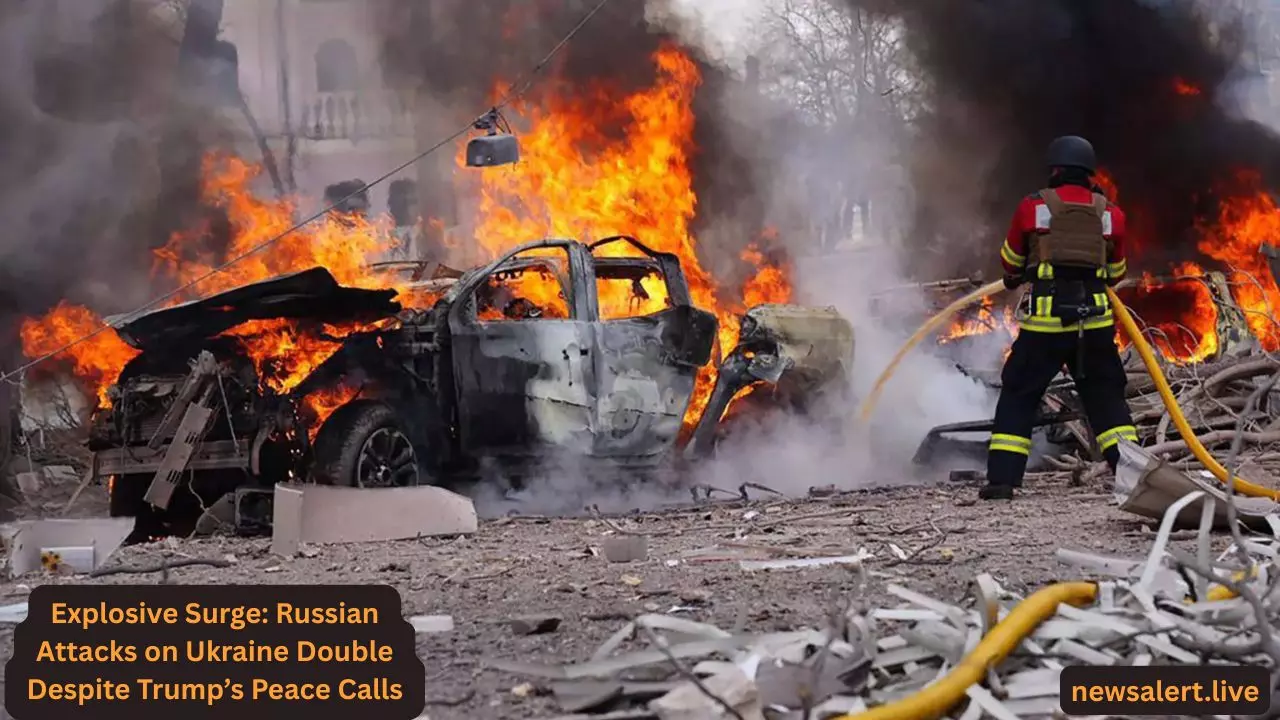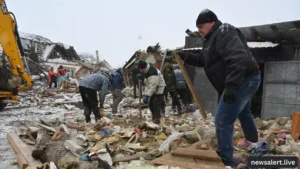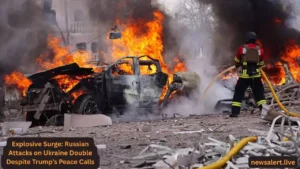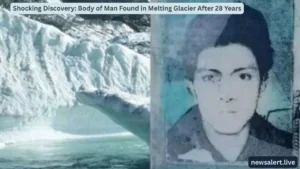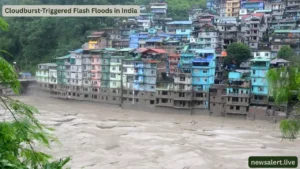Despite former President Trump’s repeated peace declarations, Russian attacks on Ukraine have doubled since his inauguration. Explore the rising violence, global reactions, and the consequences for international diplomacy.
Explosive Surge: Russian Attacks Double Despite Trump’s Peace Promises
When Donald Trump was re-inaugurated earlier this year, he stood behind the podium with a bold declaration: “I will bring peace to Ukraine within 24 hours.” It was a statement that echoed across the world—hope for some, skepticism for others.
But in a stunning twist of reality, Russian attacks on Ukraine have not only continued—they have doubled since Trump took office. Intelligence sources, satellite data, and field reports all confirm this grim uptick in violence.
This blog will explore what’s behind this surge, why Trump’s peace calls failed, and what the world must prepare for as the war enters a more dangerous chapter.
The Promise: Trump’s Bold Peace Pledge
In his first press conference following inauguration, Trump declared he would “end the war in Ukraine faster than anyone thought possible.” His plan, though vague, centered on personal diplomacy with Putin, economic leverage, and realigning NATO obligations.
Supporters believed he could use his negotiation style to de-escalate the war. But critics pointed out the lack of substance and strategic detail.
Less than 100 days into office, that optimism has collapsed under a barrage of missiles and drone attacks. The Russian attacks on Ukraine have surged to levels unseen since the opening months of the full-scale invasion in 2022.
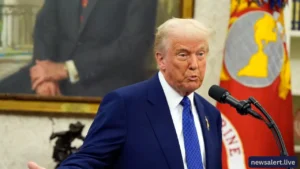
The Numbers Don’t Lie: Attacks Double in Just Weeks
According to verified defense data from NATO, OSINT analysts, and the Ukrainian Armed Forces, the following has occurred since Trump’s inauguration:
-
Weekly missile attacks jumped from an average of 25 to over 50
-
Drone strikes have more than tripled, especially on civilian infrastructure
-
Frontline offensives in Donetsk and Kharkiv regions increased by 40%
-
Civilian deaths from Russian attacks on Ukraine rose by 60% compared to the same period last year
This data challenges the very foundation of Trump’s peace narrative. Instead of cooling tensions, his presidency appears to have emboldened Moscow.
Why Has the Violence Escalated?
1. Russia Testing Trump’s Resolve
Analysts suggest that the Kremlin may be testing Trump’s boundaries. Unlike the Biden administration, Trump has sent mixed signals regarding NATO support, Ukraine aid, and his view of Putin. This ambiguity could be interpreted as weakness.
Putin may see the current moment as an opportunity to make strategic gains on the battlefield while Trump remains indecisive.
2. Reduction in U.S. Military Aid
Another factor behind the spike in Russian attacks on Ukraine is the significant drop in American military aid since Trump returned to office. Congress remains divided, and several aid packages are stalled.
Without consistent artillery, air defense systems, or ammunition, Ukrainian defenses have been weakened, creating a window for Russia to strike harder and deeper.
Diplomatic Confusion and Mixed Messaging
While Trump continues to publicly call for “instant peace,” his administration has yet to release a structured peace plan or engage diplomatically with both Kyiv and Moscow in any meaningful way.
Ukraine, meanwhile, has expressed frustration with Washington’s lack of clarity. In a recent statement, President Zelenskyy said:
“We hear words of peace, but see only smoke, fire, and destruction.”
Trump’s backchannel attempts with Moscow have raised eyebrows. Multiple European leaders have privately expressed concern that the U.S. may drift toward a less interventionist role, leaving Ukraine more isolated than ever.
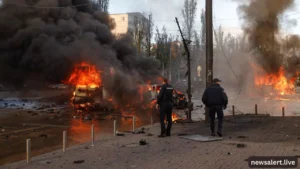
The Human Cost: Lives Lost in a New Offensive Wave
Innocent lives continue to bear the brunt of this geopolitical chess match. Since Trump’s inauguration:
-
Over 1,800 civilians have been killed
-
Multiple hospitals and schools have been destroyed
-
Entire towns in Eastern Ukraine have been razed
-
Refugee numbers have again spiked, with 300,000 more fleeing since March
These tragedies are direct consequences of intensified Russian attacks on Ukraine, with no end in sight.
Global Response: Shock, Silence, and Strategic Adjustments
1. NATO’s Tightrope
NATO, caught between a hesitant U.S. and an aggressive Russia, is reassessing its posture. Several member states have started independently increasing aid to Ukraine, bypassing Washington’s sluggish diplomacy.
2. European Leadership Emerges
France, Germany, and Poland have held emergency summits to fill the leadership vacuum. European officials now fear that unless America regains strategic clarity, the balance of power in Eastern Europe could tilt dangerously.
3. China and Iran Watching Closely
The escalation in Russian attacks on Ukraine has been noted in Beijing and Tehran. Some intelligence reports suggest that these nations may ramp up support for Moscow, either directly or through arms deals.
The global stage is shifting—and fast.
Trump’s Base: Division and Dissonance
Interestingly, even within Trump’s supporter base, opinions are splitting. While some applaud his non-interventionist approach, others feel betrayed by the worsening war.
Fox News hosts have begun questioning whether Trump’s peace narrative is out of touch with on-ground realities.
The Russian attacks on Ukraine are impossible to ignore, and public opinion in the U.S. is starting to shift.
What Lies Ahead: More Violence or a Turning Point?
As autumn approaches, Ukraine is bracing for a full-scale winter offensive by Russian forces. With limited U.S. aid and European resources stretched thin, the Ukrainian military may soon face its most difficult test yet.
Unless the Trump administration shifts course—or unveils a real peace plan—the Russian attacks on Ukraine are likely to grow even more devastating.
Conclusion: Peace Requires More Than Promises
Trump’s campaign slogan of “Peace through Strength” is being tested like never before. Unfortunately, the current data paints a grim picture. Despite peace calls, Russian attacks on Ukraine have doubled—proving that words without strategy can be dangerous.
The world must demand more than rhetoric. The Ukrainian people deserve action, not ambiguity. And if the current trend continues, history may remember these months not as a time of peace, but of peril.
FAQs: Russian Attacks on Ukraine Since Trump’s Return
1. Has the number of Russian attacks increased?
Yes, reports show attacks have doubled since Trump’s inauguration.
2. Why are the attacks increasing now?
Reduced U.S. aid, diplomatic ambiguity, and potential testing of Trump’s resolve by Moscow are likely factors.
3. What is Trump doing about it?
So far, mostly public statements. No clear peace plan or strong military/diplomatic action has been announced.
4. How is Ukraine responding?
Ukraine has continued to defend itself but is struggling with resource shortages and international uncertainty.
5. What is the civilian impact?
Thousands dead or injured, cities destroyed, and a growing refugee crisis—especially in eastern Ukraine.
6. Are other countries helping Ukraine now?
Yes, especially European NATO members like Germany, Poland, and France are stepping up aid independently.
7. Could this lead to a bigger war?
If unchecked, escalating Russian attacks on Ukraine could destabilize the region further and draw in more nations.
8. Is there still hope for peace?
Only if strategic diplomacy and consistent aid return—mere words won’t suffice.
9. How can I help Ukraine?
Support verified humanitarian organizations, spread awareness, and stay informed.
10. Will Trump change course?
Time will tell. Pressure from allies, voters, and global consequences may force a shift in policy.

